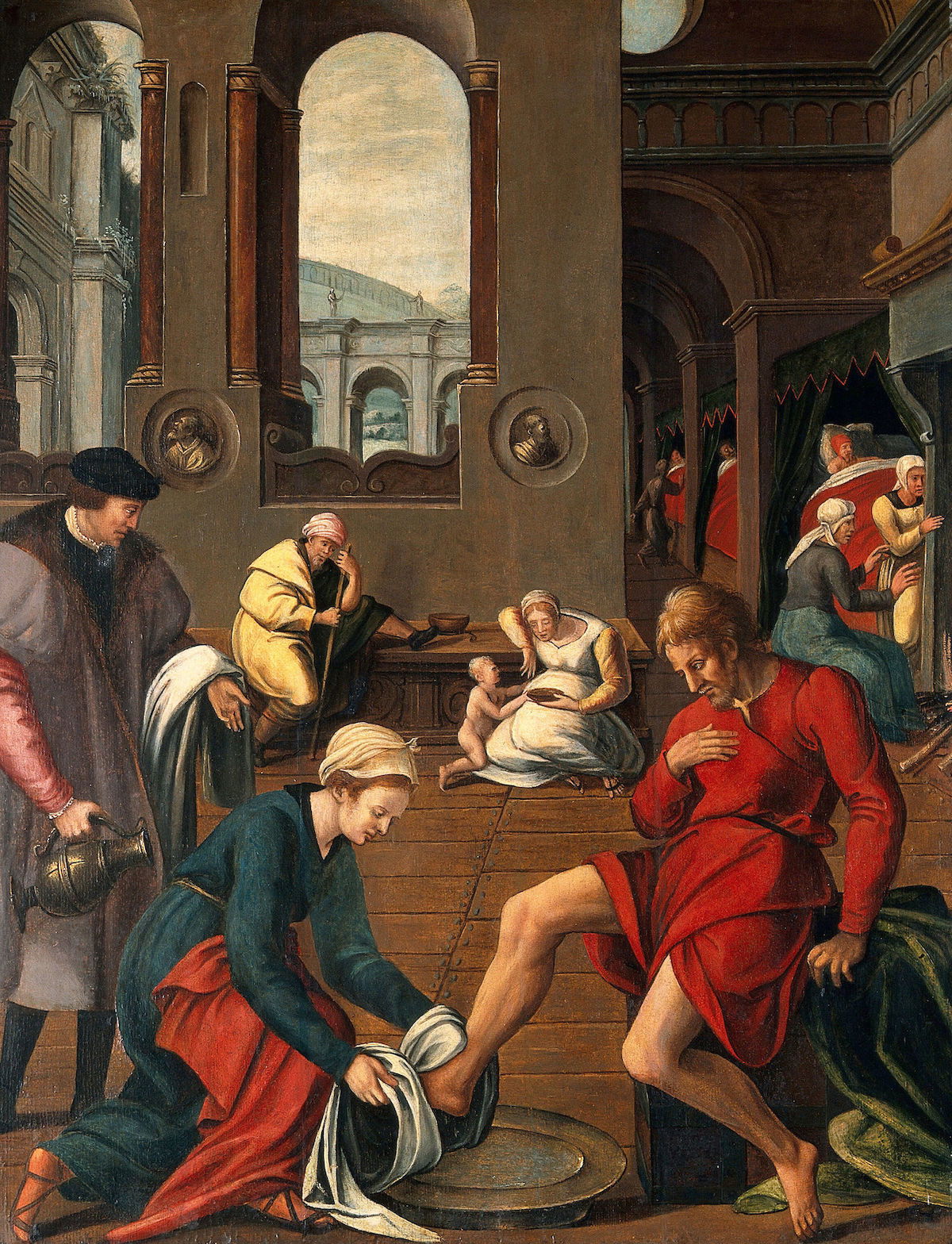Medieval Hospitals of England
In England, medieval hospitals flourished until the beginning of the 15th century, funded by taxes, tolls, and wealthy doners.

Over 700 hospitals were founded in England between the Norman conquest and the middle of the 16th century. This number is surprisingly large, for at no time did the population of the country exceed four million. Of course, many of them were not really hospitals as we know them today. Their name indicated their primary function; it was derived from the Latin word hospitalis, meaning being concerned with hospites, or guests, and guests were any persons who needed shelter.
Some of the hospitals were, therefore, erected for the use of pilgrims and other travellers; others were really almshouses, intended chiefly for the poor and the aged. Nevertheless, a considerable number of them provided accommodation where the sick could receive care and even some primitive form of treatment for their ailments.
